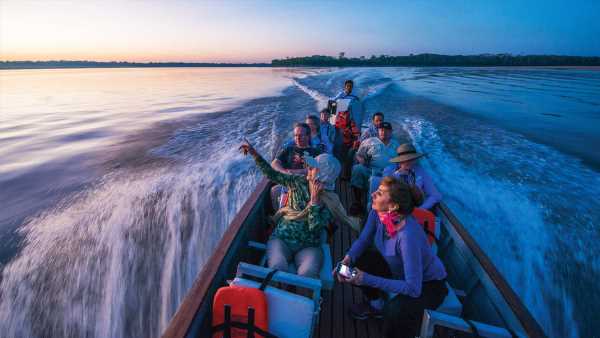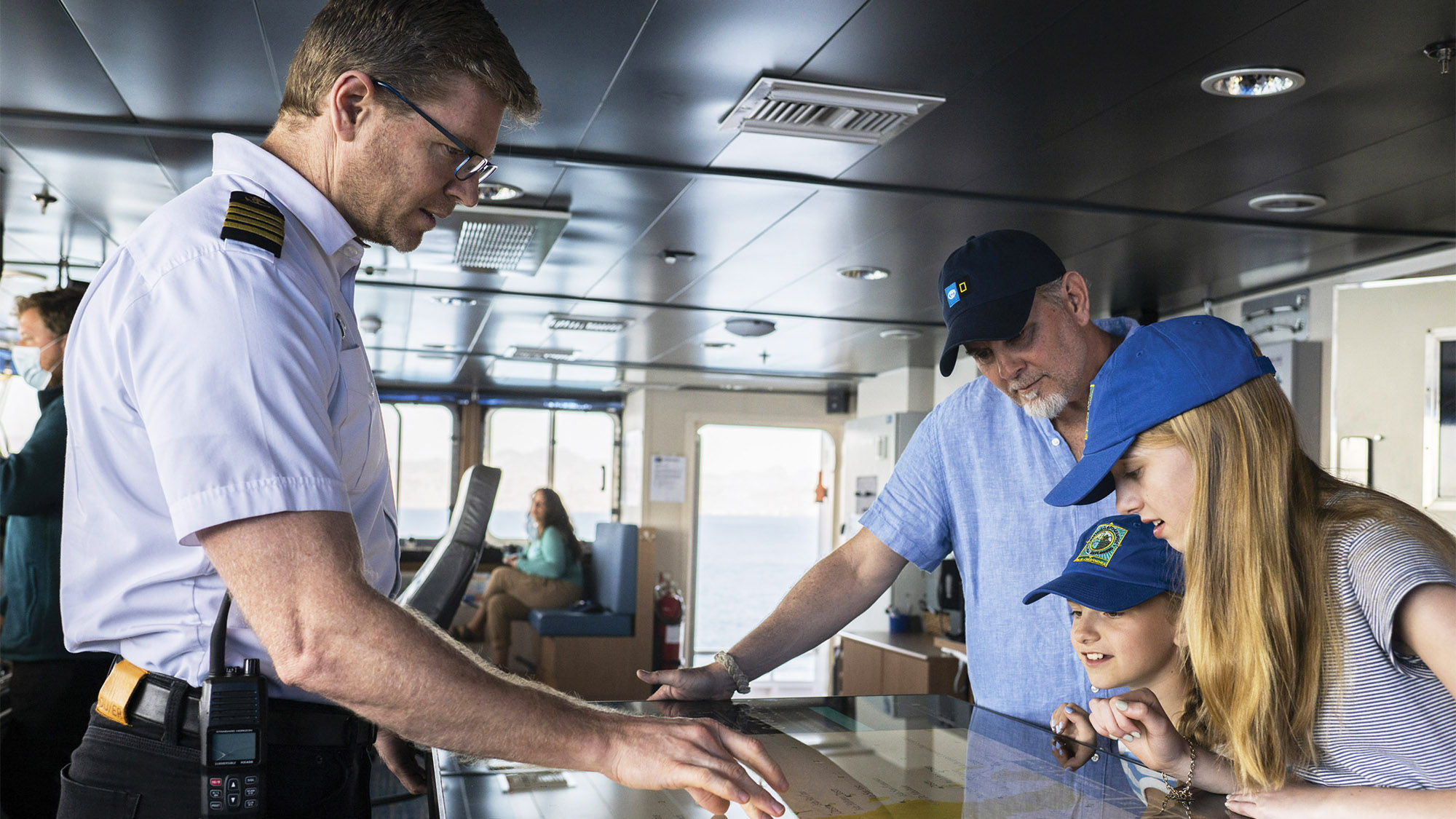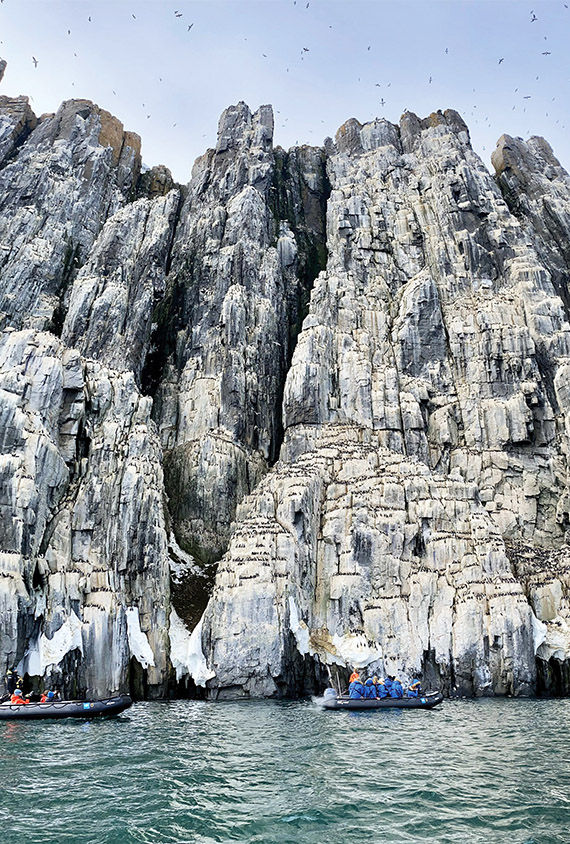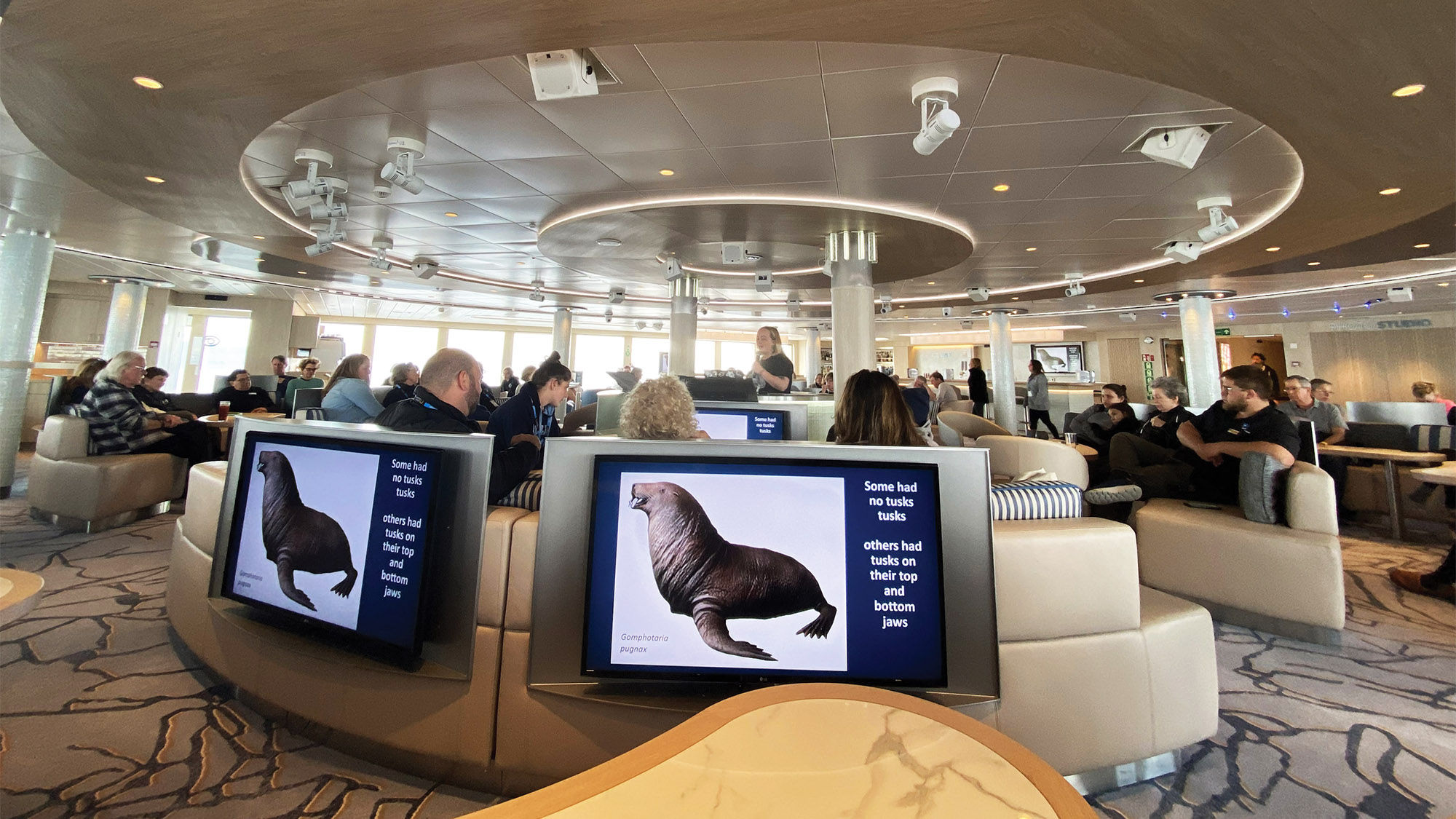
Louisa May Alcott once said, “Every house needs a grandmother in it.”
The same might be said for a travel advisor’s Rolodex.
On a Svalbard cruise with Lindblad Expeditions this summer, I was surprised at the percentage of passengers there as part of multigenerational family groups that were sailing together not only on this trip but had done so on several Lindblad trips.
The same was true to a lesser degree, because it was a much smaller ship, on the other Lindblad sailing I’d been on, in the Galapagos.
And as was the case on my sailing, it’s usually the family matriarch hosting the trip.
“The model very often, but not always, is grandma and grandpa treating their kids and grandkids to the trip of a lifetime,” said Noah Brodsky, Lindblad chief commercial officer. “And it’s usually grandma, in our experience, deciding to take them.”
That has become so apparent to Lindblad that in one of its brochures, CEO Sven Lindblad wrote about how he was in the Galapagos on the National Geographic Endeavour II and “delighted by the number of families aboard. As I observed them, it become patently clear that in each case, grandmothers were the conveners.”
Multigenerational travel is especially popular in specific geographies, Brodsky said, such as the Galapagos and Alaska, which along with Antarctica are often a first introduction to Lindblad. If grandma likes the trip — and based on Lindblad’s repeat rate of 40%, they often do — those families often come back and do longer trips, such as Svalbard, where the repeat rate might jump to 70% or 80%. And as we heard from groups on the National Geographic Endurance, those multigen groups grow with their families.
Whether it’s three generations or a skip-generation trip (grandparents and grandkids), Brodsky said it’s a growing segment that will only increase, largely fueled by the ability to work remotely, since it is difficult to hit everyone’s vacation time perfectly.
“Between the connectivity of enhanced satellite WiFi [and] companies’ greater acceptance of people working from the road, it’s made multigenerational travel a lot more accessible,” he said, adding that these factors are especially important for the expedition segment since sailings are often long. “More and more people have flexibility and can do these longer trips.”
Brodsky said the number of questions Lindblad gets about internet connectivity in remote corners of the Earth has surged, as has the line’s confidence in telling people how much better it will be than in years past. He attributes that to a new partnership with Starlink, which he called “a game changer.” In Antarctica, for example, it means having reliable internet even through both Drake Passage trips.
Large cruise ships have long touted the breadth of activities as a big plus for multigen groups with varying interests.
And while a 128-passenger ship like the National Geographic Endurance will never have a waterslide or arcade (although it does provide saunas and Jacuzzis), Lindblad offers more than might be expected on a ship of this size.
Almost every time there is an off-ship activity, the expedition leaders provided a variety of options. There were sometimes three levels of activity: for instance, a Zodiac cruise in search of Arctic birds, an easy walk with a focus on photography or a longer hike that enabled kids to slide down a snowy incline.
Lindblad does it on all sailings, and while I was impressed with a 91-year-old getting in and out of Zodiacs in Svalbard, don’t think you won’t see an octo- or nonagenarians doing the most vigorous activities.
“On my last trip, I was snorkeling with a couple in their 90s who had been snorkeling together and married for 60 years,” Brodsky said. “Life goals, right?”
It also speaks to the kind of grandparents who choose Lindblad: They tend to have active lifestyles and an interest in learning and exploration.
“What’s the same across all of these travelers, despite the differences in age, is usually this interest in science, discovery and sustainability, which is why they’ve picked Lindblad,” Brodsky said. “We appeal to that type of grandma who wants to take the kids somewhere but also wants the kids to learn.”
That was certainly true in Svalbard, where several passengers were adamant this was not a “cruise” and cited the line’s partnership with National Geographic as a reason they started traveling with the brand. Brodsky said Lindblad takes extraordinary measures to “earn the right” to use that co-branding, including National Geographic standards on safety, sustainability, governance, community relations and supply chain.
“It is so incredibly detailed and extensive and exhaustive that it constantly challenges us to continue to be the best versions of ourselves that we can be,” he said.
Source: Read Full Article













